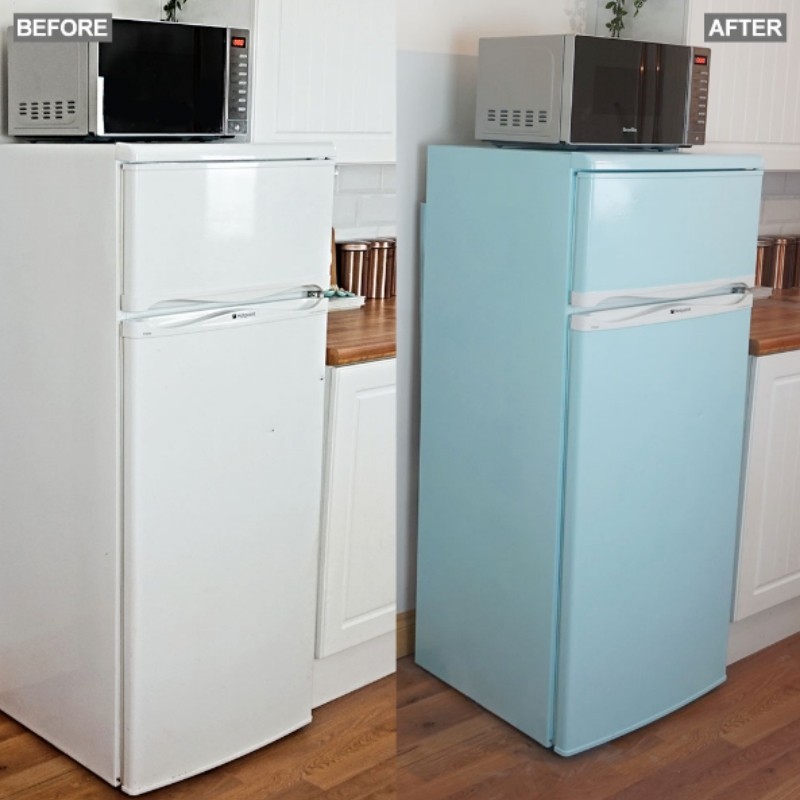In today's fast-paced coating production lines, a new technology is quietly reshaping the way we think about surface finishing: UV One-Coat (UV single-coating).Unlike the traditional process of primer + topcoat + long baking cycles, the UV One-Coat system enables single-layer spraying and instant UV curing within seconds.This method is rapidly gaining traction in home appliances, consumer electronics, and plastic components. But the question remains: is it a true revolution, or just a partial solution?

UV One-Coat technology replaces traditional dual-layer coating with a single formulation cured by UV light. Its innovation lies in combining color and protection in one step:
Formulation design: UV-curable resin (film formation + hardness), encapsulated pigments (opacity), reactive diluents (leveling), and less than 5% solvents (versus 30–60% in traditional coatings).
Curing mechanism: UV light activates photoinitiators, triggering polymer crosslinking. A dense coating forms in 3–10 seconds (compared with 20–40 minutes of thermal baking).
Critical parameter: 800–1500 mJ/cm² UV energy density is required to achieve complete curing.
Four key advantages
1.30% Cost Reduction
Savings from eliminating primer and reducing energy consumption.
Example: A smartphone housing factory saves USD 15,000 per month on electricity.
2.Eco-Friendly Compliance
VOC emissions <50 g/L (well below China’s national limit of 420 g/L).
Certified under EU REACH regulations.
3.Efficiency Boost
Line speed increases from 3 m/min to 15 m/min.
Example: A TV panel factory boosted output by 400%.
4.Superior Physical Properties
Pencil hardness 2H–3H, scratch resistance over 1,000 RCA cycles.
Laptop shells maintain a “scratch-free” finish throughout their life cycle.
Despite its promise, UV One-Coat is not without barriers.
1.Narrow Process Window
Film thickness tolerance <5 μm: too thick leads to under-cured bottom layers, too thin leads to poor opacity.
Substrate cleanliness is critical: fingerprints or mold-release residues cause pinholes, reducing yield by 15–20%.
2.Application Boundaries
Works well: flat or shallow-curve plastic parts (ABS, PMMA, HIPS) in light colors.
Fails in: deep cavities (UV shadowing), pure black or metallic colors (require thicker film), non-polar substrates like PP.
3.Hidden Costs
UV-LED curing units cost 3–5 times more than thermal ovens.
Pigment-induced curing issues often require special dispersants, increasing raw material cost.
1.Success stories
Smartphone back covers: Flat and light-colored surfaces, enhanced adhesion with plasma pretreatment.
Home appliance panels: Air conditioner control panels, using partial UV coating for high-gloss effects.
2.Failure lessons
Automotive gear knobs: Curved structure caused uneven curing, leading to edge peeling within three months.
Solution: reverted to hybrid “UV primer + waterborne topcoat” process.
Hybrid Curing: UV pre-curing combined with low-temperature thermal post-curing to address shadow areas.
Waterborne UV One-Coat: Near-zero solvent systems, with companies like BASF already launching experimental products.
Smart UV Light Sources: Dynamic wavelength adjustment (365 nm for titanium dioxide, 395 nm for carbon black).
UV One-Coat is not a universal solution to all coating challenges. But in flat, light-colored plastic substrates where efficiency, sustainability, and cost savings are priorities, it is one of the most effective options available today.
For complex geometries and demanding colors, however, attempting to force UV One-Coat adoption may result in higher risks and costs.
If you would like to learn more about how UV-curable resins, photoinitiators, and additives can support UV One-Coat applications, contact our technical team to explore tailored solutions for your products.
#UVCoating #UVOneCoat #UVSingleCoat #UVCuring #LowVOC #EcoFriendlyCoating #SustainableCoating
#UVResin #Photoinitiator #CoatingAdditives #ConsumerElectronicsCoating #HomeApplianceCoating
#ScratchResistant #HighGlossFinish #EnergySavingCoating #UVLED #IndustrialCoatings
#CoatingTechnology #SurfaceFinishing #HybridCuring